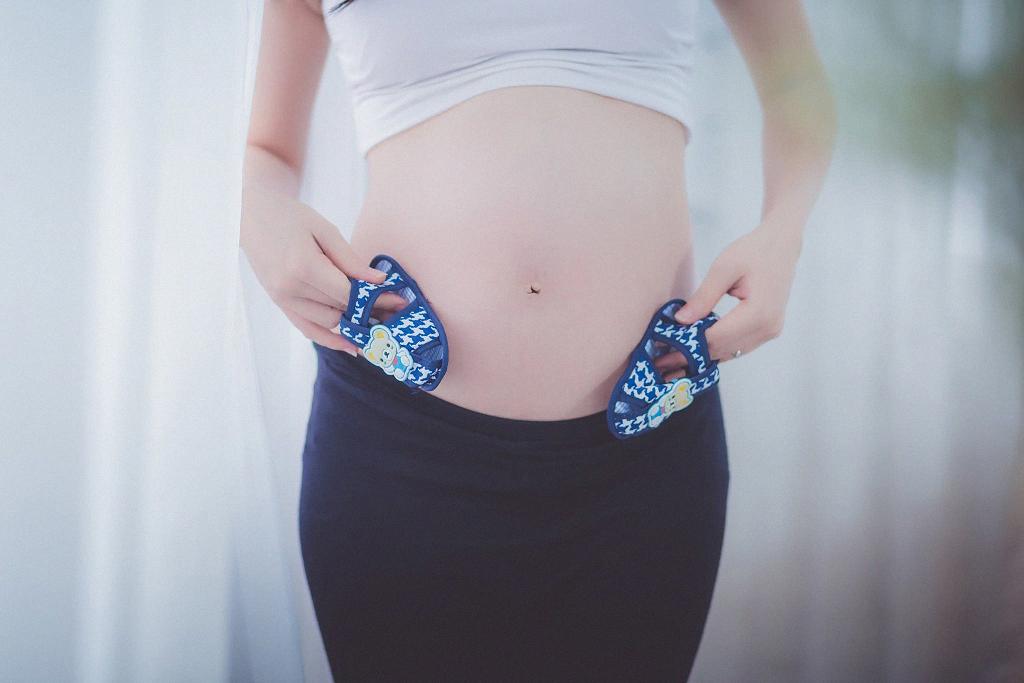PUPPP, Pruritic Urticarial Papules and Plaques of Pregnancy, is a skin condition that affects pregnant individuals, typically appearing in the third trimester for first-time mothers. The itching, red bumps, and rash associated with PUPPP can be incredibly discomforting, leading many to wonder when this condition will finally go away.
Timeline of PUPPP Disappearance
Research indicates that for most individuals, PUPPP tends to resolve relatively quickly. The skin lesions commonly develop in the later stages of pregnancy, and fortunately, they often disappear within a week to ten days after giving birth. This means that post-delivery, individuals can expect relief from the itching and irritation that PUPPP brings.
The Postpartum Period and PUPPP
While PUPPP typically resolves after childbirth, it is essential to note that instances of the condition persisting into the postpartum period are rare. This means that the majority of individuals dealing with PUPPP can look forward to a significant improvement in their symptoms within a relatively short timeframe following delivery.
Management Strategies for PUPPP
Until PUPPP naturally fades away, there are various measures that can be taken to manage the itching and discomfort associated with the condition. Skincare routines involving gentle, soothing products, cool compresses, and wearing loose, breathable clothing can provide relief from the symptoms while waiting for the condition to resolve.
Consulting a Healthcare Provider
If you are experiencing PUPPP and have concerns about its duration or severity, it is always recommended to consult with your healthcare provider. They can offer personalized advice and tailored treatment options to help alleviate your discomfort and ensure a smooth recovery from this skin condition.
Emotional Aspects of Dealing with PUPPP
Dealing with PUPPP can be not only physically taxing but also emotionally challenging. The itching and visible skin changes may impact one’s self-esteem and overall well-being. It’s essential to practice self-care and reach out for support from loved ones or healthcare professionals if needed.
Patience and Self-Compassion
As you navigate the journey of PUPPP and its eventual resolution, remember to be patient with yourself. Skin conditions like PUPPP can be frustrating, but it’s crucial to treat yourself with kindness and understanding during this time. Focus on your well-being and allow yourself the time and space to heal.
Long-Term Effects and Recurrence
For the vast majority of individuals, PUPPP is a temporary condition that resolves on its own post-delivery. While the itching and rash may be bothersome, they typically do not have lasting effects on the skin. Cases of PUPPP recurring in subsequent pregnancies are rare but can occur in some individuals.
Support Networks and Resources
Engaging with support networks, whether online communities or local groups, can provide comfort and validation during your experience with PUPPP. Sharing your journey with others who have gone through similar challenges can offer emotional support and valuable tips for managing the condition.
Seeking Professional Guidance
If you find that your PUPPP symptoms are particularly severe or persistent, don’t hesitate to seek professional guidance. Healthcare providers, including dermatologists and obstetricians, can offer specialized care and treatment options to address your specific needs and ensure effective management of the condition.
Final Thoughts on PUPPP Duration
In conclusion, while PUPPP can be a distressing skin condition during pregnancy, it typically resolves soon after childbirth. Understanding the timeline of PUPPP disappearance, practicing self-care, seeking professional advice when needed, and connecting with support networks can help individuals navigate this challenging but temporary phase with resilience and grace.

